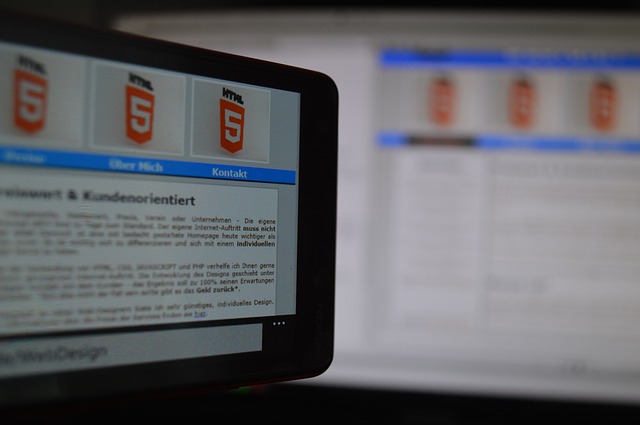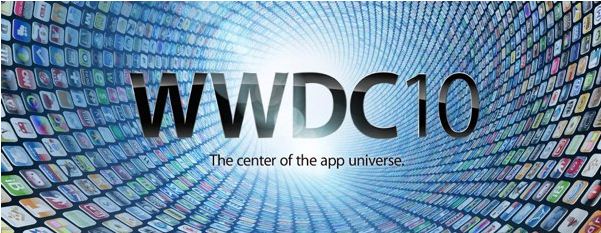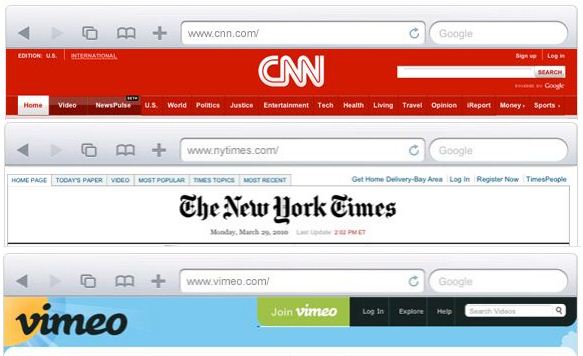In the past few years, the use of mobile devices increased drastically. The usage of smartphones and tablets became a trend among the worldwide users. According to the survey of a reputed marketing company, there are over 2 billion smart device users in the world. This increase is nearly 13% more than the last year. This is a clear indication that we are moving toward the increasingly mobile future without any doubt. With the immersive use of mobile devices, the need of seamlessly coded mobile applications also increased. And HTML5 is the best way to create mobile applications in the current technology world.
The HTML5 gives the app developers ability to work in a single code base to deploy the mobile application across different platforms like Android, Windows, iOS, Blackberry, OSX, and the web browsers like Chrome, Firefox, and Internet Explorer.
I have seen many developers getting frustrated while creating interactive content for the desktop and mobile devices. To satisfy the high industry demands, the shifting towards the use of HTML5 has become more essential than before. The future of mobile app development may well be in the hands of HTML5 with the consideration of the needed penetrating applications.
Why the need for a mobile app development?
By 2019, it is expected to reach the number of over 5 billion users of mobile devices which are currently of 4.61 billion. And since 2012 passed, the number of mobile devices is nearly matching with the number of users in the world. It means that it will be difficult to find an individual who is not using a mobile device and so, the need of mobile app development increased a lot.
This scenario makes more necessary for the mobile application developers to deliver more complex applications which work on different types of devices faster and better.
The use of mobile devices across the business enterprises opens the way for the app developers to create apps which work on desktop as well as on mobile devices.
These reasons and the features the HTML5 have, the use of it for the mobile app development is becoming high in popularity.
How HTML5 is beneficial?
Why only HTML or why HTML5 is preferable than other coding techniques? This question comes in the mind of a lot of people. The main reason of using HTML5 is, it is specifically designed to work across multiple and major platforms including mobile Operating Systems and web browsers. The mobile user can install the web application as an icon on any device screen if it is made using HTML5. This means if you are searching on the web through a mobile device and you find something that you want to store on the home screen of your device, then you can create an app icon which directs that web page.
Why application developers love HTML5?
As a survey made on over 3000 developers across ASIA, UK, and the USA, it is seen that more than 60% of developers are using HTML5 now for developing apps. And almost over 150 Fortune 500 companies has accepted HTML5. Comparing to other coding technologies to build the web or native apps, the HTML5 has a growth rate of 20% which is strongest among all.
HTML5 is loved across the worldwide developers due to its familiarity. It saves project development work and also decreases the overall cost of the app deployment.
Another strong reason is that the HTML5 has open standard support. It enables the application developers to design according to the need of the mobile devices, different platforms, operating systems, and form factors of the application. HTML5 allows them to deliver potentially rich content which does not rely on the Operating System or the device type. This makes it more loveable than native. Even the JavaScript programmers are shifting towards HTML5 these days.
Future of mobile app development with HTML5
Though it does not rely on the device type or OS, the HTML5 still be known as a desktop language in the future world of the mobile devices. For the mobile app developers, it is needed to run where the football is going, not where it has already been. HTML5 need to be more associated with the device hardware to make a true competition with the native application development.
But, as the business administrators, as well as normal users, are shifting towards the web browsers Mozilla and Google Chrome from the Internet Explorer which both have a full HTML5 support and the future is with the growth of Windows 10 usage and acceptance, the power of HTML5 is surely will be in full use for the business enterprises and other regular mobile device users.
————————
Author Bio: Mandip is a graduate in Information and Technology. He is a passionate blogger, SEO Specialist, and a Software Developer. He loves to write on technology, SEO, Internet Tips and Tricks. Currently he blogs at Best On Internet. You can also get in touch with him on Google Plus, Facebook and Twitter.





